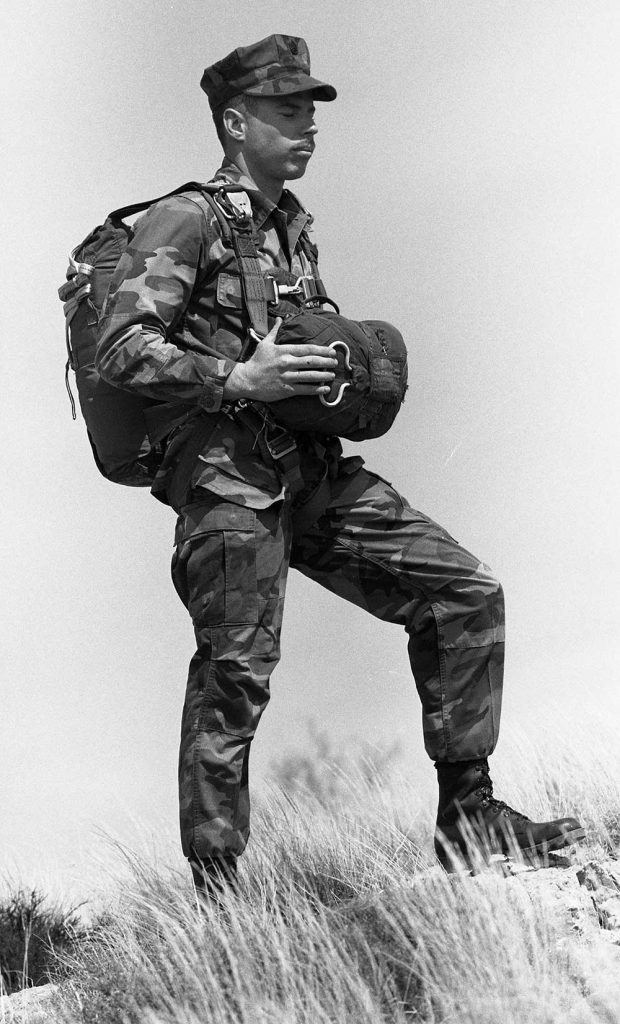
Whether at Sandia or on work trips overseas, nuclear security is consistently top of mind for Joe Sandoval. Ensuring nuclear security worldwide is a dedication for Joe — so much so, he has earned recognition from the International Atomic Energy Agency as having led more International Physical Protection Advisory Service missions than anyone else.
“The missions offer an opportunity to promote nuclear security worldwide,” said Joe, a distinguished member of the technical staff in Global Security. “I have a lot of fun. I lead missions around the world. I help nuclear sites around the U.S. and the globe to do security well.”
Joe said the increasing focus on alternative green energy sources could lead to the use of more nuclear power plants, increasing the importance of ensuring the plants are operated safely and securely.

The wide range of work Joe has done at Sandia during his 39-year career has helped prepare him for his current position, which he has held since 2008.
Early career
Joe enlisted in the Marine Corps in the late 1970s. After completing his active duty, he enrolled at the University of New Mexico, where Sandia recruited him as a security police officer. In 1985, Joe joined Sandia’s special response team. Joe’s career at Sandia was briefly put on pause during his deployment to the first Gulf War. He then returned to Sandia, serving in various roles, including a role akin to the chief of staff for Sandia’s security director.
Then he moved to domestic and international security programs.
“I have traveled all over the world testing, designing and installing security systems at nuclear facilities,” Joe said. “All those years in Russia and former Soviet Union countries working on security systems helped deepen my understanding of the security technology.”
Overseeing Sandia’s Protective Force

In 2003, Joe took on what he considers the hardest position of his career at Sandia. He became the manager of Sandia’s Protective Force, responsible for overseeing more than 180 uniformed officers.
“That was back when we had to sign timecards every Thursday. I had to sign timecards for more than 185 employees,” Joe chuckled. “It took weeks and weeks to complete everyone’s performance evaluations.”
Joe later transitioned to managing Sandia’s Physical Security, Vulnerability Assessment, and Material Control and Accountability departments in the Safeguards and Security Center. Joe was in the center for five years.
“Even though it was the hardest thing I’ve ever done in my life, being a manager in an operational security group helped prepare me to understand how to manage security organizations,” Joe said. “Security is all about technology, people and procedures, and they all have to work together.”
Leading missions at home and abroad
Joe’s extensive experience has proven invaluable in his current role, especially when leading International Physical Protection Advisory Service missions.
“Since 2008, I’ve led about 17 missions. We provide advice to IAEA Member States,” Joe said. “During these missions, we look at the country’s entire legal and regulatory framework for securing nuclear material. We provide a service to these countries and help them align with international agreements on nuclear security.”
The missions, which are voluntary, are a priority for the IAEA. A group of international experts reviews regulations and practices for nuclear material in the host country to ensure alignment with the Convention on the Physical Protection of Nuclear Material and its Amendment.
Joe played a pivotal role in preparing for the first International Physical Protection Advisory Service mission to the U.S. in 2013.
“The U.S. is unique in that it has two entities regulating nuclear material, namely the Nuclear Regulatory Commission and DOE,” Joe said.
The 2013 peer review focused on the Nuclear Regulatory Commission and the research reactor at the National Institute of Standards and Technology. Joe also served as a technical advisor to DOE for the second mission to the U.S., which took place earlier this year, including a visit to Sandia.
Mission to China
“You would not imagine some of the places we’ve gone. In 2017, I led the first International Physical Protection Advisory Service mission team in China,” Joe said. “It was the first time the Chinese government opened a nuclear facility for an international mission to evaluate nuclear security at one of their nuclear power plants.”
Joe added that the peer-review nature of these missions is important for nuclear security worldwide.
“Many times, we learn as much as we’re able to impart. All the people who go on these missions learn valuable insights that we can take back to our respective countries, bolstering nuclear security,” Joe said. “The missions provide confidence to the world that neighboring countries are committed to abiding by international consensus recommendations.”
To date, more than 160 countries have pledged to follow these recommendations. Since the program’s inception in 1995, the IAEA has conducted more than 100 International Physical Protection Advisory Service missions.